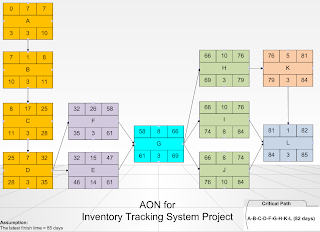Company Overview and Project Opportunities:
LIMS is a global producer and marketer of specialty chemicals and advanced materials. The group is the world’s largest refiner of cobalt and considers its key competencies to be in the areas of particle size control, surface modification and high purity/highly functional organic and inorganic materials.
The business of LIMS Ultra Pure Chemicals (UPC) produces and supplies unique ultra pure chemicals solutions to the semiconductor and microelectronics industries from Singapore in Asia, Europe and the United States. Alongside and in support of the excellent chemicals, LIMS UPC provides world-class chemical management and analytical services.
Besides having the ability to supply high purity/specialty chemicals, LIMS UPC has the following distinctive competencies:
~ On site chemical management services to ensure uninterrupted supply of chemicals and point of use guarantee. This includes on site chemical inventory management and distribution, maintenance and troubleshooting of chemical distribution systems, point of use sampling and real time Statistical Process Control (SPC).
~ Analysis of chemicals before delivery to customers and analysis of point of use samples for quality monitoring through SPC. The laboratory with Class 10 clean room conditions and Class 1 mini-environments is equipped with the necessary state of the art equipment for providing full spectrum analysis at part per trillion (ppt) levels for trace metal contaminants.
~ Just in time deliveries in Singapore/Malaysia from a large safety stock at LIMS UPC's warehouse; logistic support for other Asian markets.
~ Storage of chemicals in temperature controlled areas. In order to support for the analytical services, appropriate empty bottles will be sending to the customers to fill in the chemicals/material that they would like to do testing. However, there is no proper system in place to track the location of the bottles, whether the customer is returned the bottles or the bottles have been disposed.
Objectives:
1. To improve inventory tracking and visibility with real time tracking
2. To minimize investment in inventory at minimum level to maximize profitability
Current issues
1. There is no system in place to track the inventory of bottles. As the result, there is missing bottles in between of the process when sending to customer sites. Thus, company needs to spend money to purchase new bottles.
2. As there is no tracking of the bottle inventory, some of the bottles are expired shelf life.
3. There is problem to identify the bottles' location, so there is time needed to locate the respective bottles.
Scope:
· Estimated Duration – 4 months
· Total estimated Cost - SGD65000
Ø Hardware – SGD20000
Ø Software – SGD45000
· Responsibility Matrix
Ø Project Manager - Wong Fong Yeen
Ø Software Engineer – Lee Ai Chin
Ø Procurement – Char Lai Peng
Ø Scheduler - Gan Chai Huong
· Man power requirements
Ø Internal
v Project sponsor – Supporting the project manager in managing the project.
v Project manager – Role of responsibilities are developing the project plan, manage the project team and risk, monitor the project schedule, attainable project objectives and building the project requirements.
v Software engineer – Applies the principles of software engineering to the design, development, testing and evaluation.
v Procurement – Source for competitive pricing for equipments and raw materials.
v Planner – Work out a plan to monitor the progress before the project kick off until project completion.
v Storekeeper – Paste the label tag onto the bottles and keep track on the inventory movement to ensure the bottles are in order.
v Maintenance/Facility – Approval is required before RFID system can be installed.
Ø External
v RFID vendor – Provide professional service, advise and installation that related to RFID system.
· Resources requirement
Ø SAP (existing application)
Ø RFID readers and RFID tags
Ø Bottles











